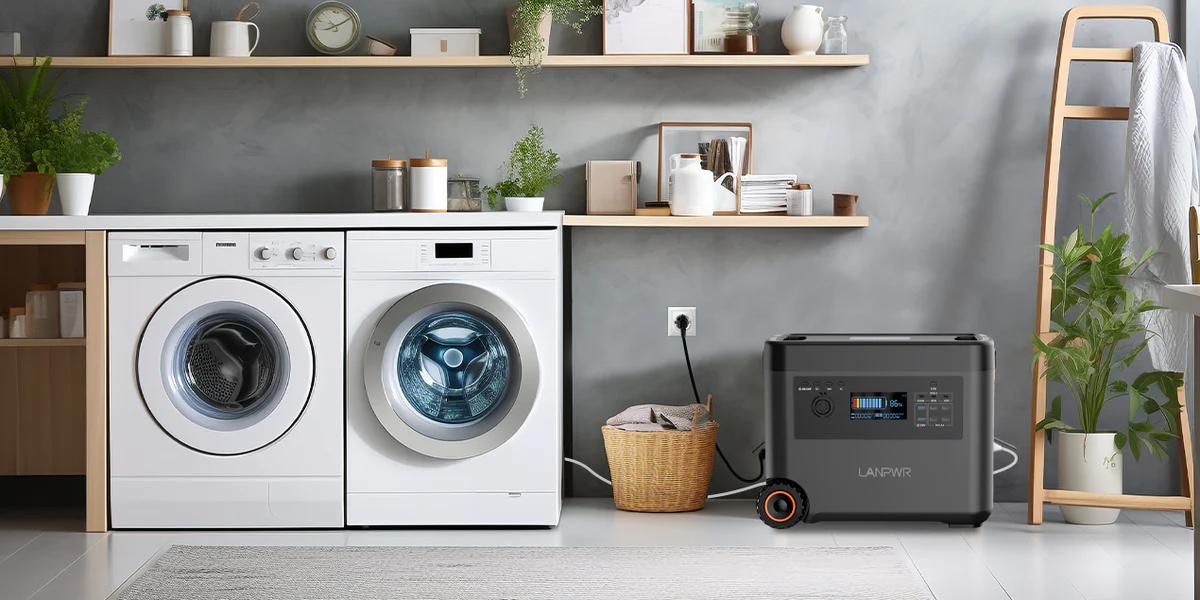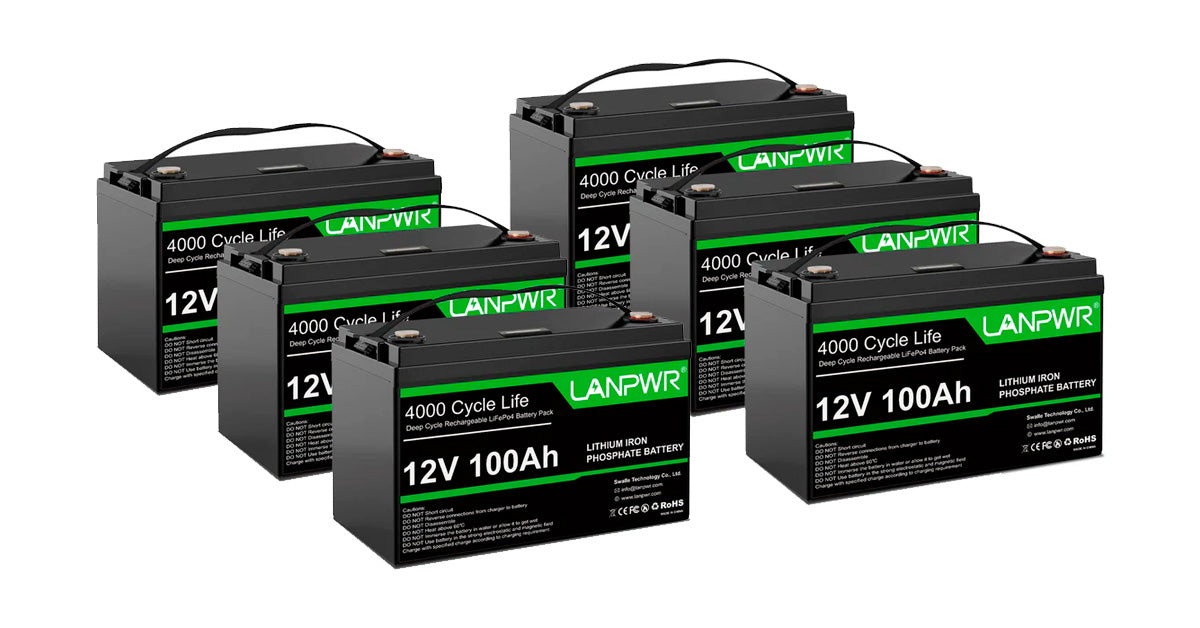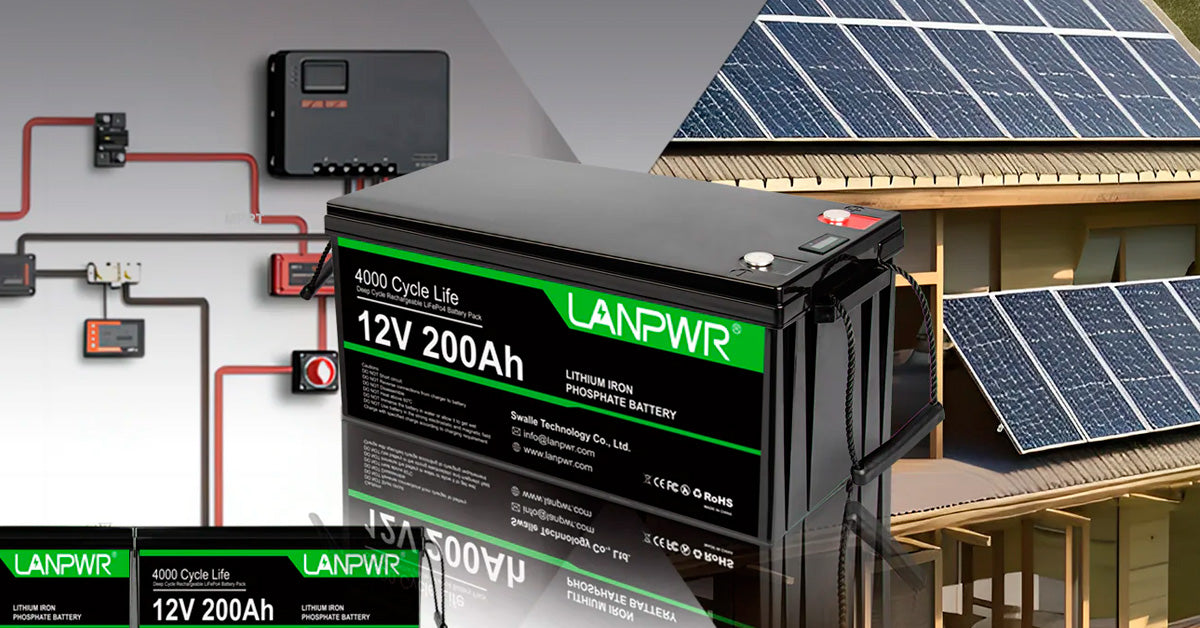In an era where being off the grid is increasingly appealing, portable power stations have emerged as indispensable companions for adventurers, campers, outdoor enthusiasts, and even for those looking for reliable backup power at home. These compact yet powerful units provide a convenient source of electricity wherever you go, offering a plethora of possibilities for staying connected and powered up in the great outdoors or during unexpected power outages. However, like any piece of equipment, portable power stations require proper installation and maintenance to ensure optimal performance and longevity. Whether you're a seasoned outdoor enthusiast or a newbie to the world of portable power, here are some essential tips to keep your power station running smoothly:
Understanding Portable Power Stations
What are Portable Power Stations? Portable power stations, also known as portable solar generators or battery generators, are compact devices designed to store and deliver electrical energy. Unlike traditional generators, which rely on fossil fuels, portable power stations harness renewable energy sources such as solar panels or can be charged from standard AC outlets or vehicle chargers. These units typically consist of a battery, inverter, charging ports, and a display panel for monitoring power levels and usage.

Components of a Portable Power Station
Understanding a portable power station's components will help you properly install and maintain your unit. Most portable power stations have these components:
- Battery: The heart of a portable power station, the battery stores the electrical energy produced or inputted by the unit. Most portable power stations utilize lithium-ion batteries due to their high energy density and lightweight nature. LanPwr's portable power stations feature long-lasting lithium-ion phosphate batteries with a life cycle of over 2000 cycles.
- Inverter: Responsible for converting the stored DC (direct current) electricity into AC (alternating current), the inverter enables the power station to charge and power AC devices such as laptops, appliances, and power tools. The Lanpwr 2200PRO Balcony Solar System features an integrated on-grid inverter (supporting 200w/ 400w/ 600w/ 800w), streamlining installation and operation while reducing purchase and setup expenses.
- Charging Ports: Portable power stations are equipped with various charging ports to accommodate different devices. These may include AC outlets, USB ports, and DC outlets (cigarette lighter sockets), offering versatility in charging options.
- Display Panel: The display panel provides essential information such as battery level, input/output wattage, and charging status. It allows users to monitor the performance of the power station and make informed decisions regarding power usage.
ALT: Comprehensive in=mage showing components of a power station
Installation
-
Read the Manual
Before diving into installation or operation, take the time to read the user manual provided by the manufacturer thoroughly. While it may seem mundane, the manual contains vital information regarding setup, safety precautions, and maintenance guidelines specific to your portable power station model. The manual should guide you on the installation process. Lanpwr Power stations are the easiest to install. LANPWR 2200PRO Balcony Solar System is a plug-and-play unit that is easy to install and does not require an electrician. You just plug in a few interfaces to complete the installation of the balcony solar system
Choose the Right Location
Choose a suitable location for installing the portable power station, taking into account factors such as accessibility, ventilation, and exposure to environmental elements. Ideally, the installation site should be dry, well-ventilated, and away from direct sunlight or extreme temperatures. Adequate ventilation helps prevent overheating during operation while avoiding exposure to moisture or harsh weather conditions, which helps protect the unit from damage.
Charge Before Use
Most portable power stations come partially charged from the factory, but it's essential to charge the unit before initial use fully. This ensures maximum battery capacity and performance when you're out and about. Follow the manufacturer's recommendations for charging time and method, whether using AC power, solar panels, or a car charger.
Proper Cable Management
Keep cables and connectors organized to prevent tripping hazards and minimize the risk of damage or entanglement. Use cable management accessories such as cable ties, clips, or cable channels to maintain a neat and tidy installation.
Tips to Maintain Your Portable Power Station
Monitor Battery Levels
Keep an eye on the battery level indicator or the unit's accompanying app if available, especially during extended use. Recharge the power station before the battery level drops too low to prevent damage from deep discharge, which can significantly reduce battery lifespan. The display screen will also help you to see the charge levels. Lanpwr Power stations have a Built-in Battery Management System (BMS) that regulates vitals to keep them safe and secure, and they are built to stand the test of time.
In addition, avoid dropping or mishandling the battery, as this can cause damage or injury.
Do not attempt to disassemble or repair the battery yourself – leave this to trained professionals.
ALT: Display screen showing battery levels in a power station
Practice Regular Maintenance
Perform routine maintenance checks on your portable power station to ensure everything is in working order. This includes inspecting cables and connectors for any signs of wear or damage, cleaning the exterior casing to prevent debris buildup, and verifying that all components are securely fastened.
Avoid Overloading
Be mindful of the power requirements of the devices you're connecting to the portable power station. Avoid overloading the unit by exceeding its maximum power output capacity, as this can lead to overheating, tripped circuits, or even damage to the power station and connected devices. Most power stations will allow you to power most of your household items. For example, a Lanpwr 2500W AC output means you can power more than 90% of your home appliances. That's your microwave, fridge, or even coffee maker covered in a blackout. The unit also allows you to plug in up to 9 devices at once when you're around the table with the family.
Store Properly When Not in Use
When your adventures come to an end, or if you're not using the portable power station for an extended period, store it in a cool, dry place away from direct sunlight. Before storing, ensure the battery is adequately charged, and if possible, disconnect any external accessories or devices.
Keep It Clean
Regularly clean the exterior of your portable power station with a soft, dry cloth to remove dust, dirt, or debris that may accumulate during use. Avoid using harsh chemicals or abrasive cleaners that could damage the casing or components.
Follow Safety Guidelines
Lastly, always prioritize safety when using your portable power station. Adhere to all safety instructions provided by the manufacturer, avoid exposing the unit to water or other liquids, and never attempt to disassemble or modify the power station yourself.
By following these installation and maintenance tips, you can ensure that your portable power station remains a reliable source of electricity for all your outdoor adventures and emergency power needs. With proper care and attention, your power station will continue to power up your life wherever your journeys take you.














Leave a comment
This site is protected by hCaptcha and the hCaptcha Privacy Policy and Terms of Service apply.